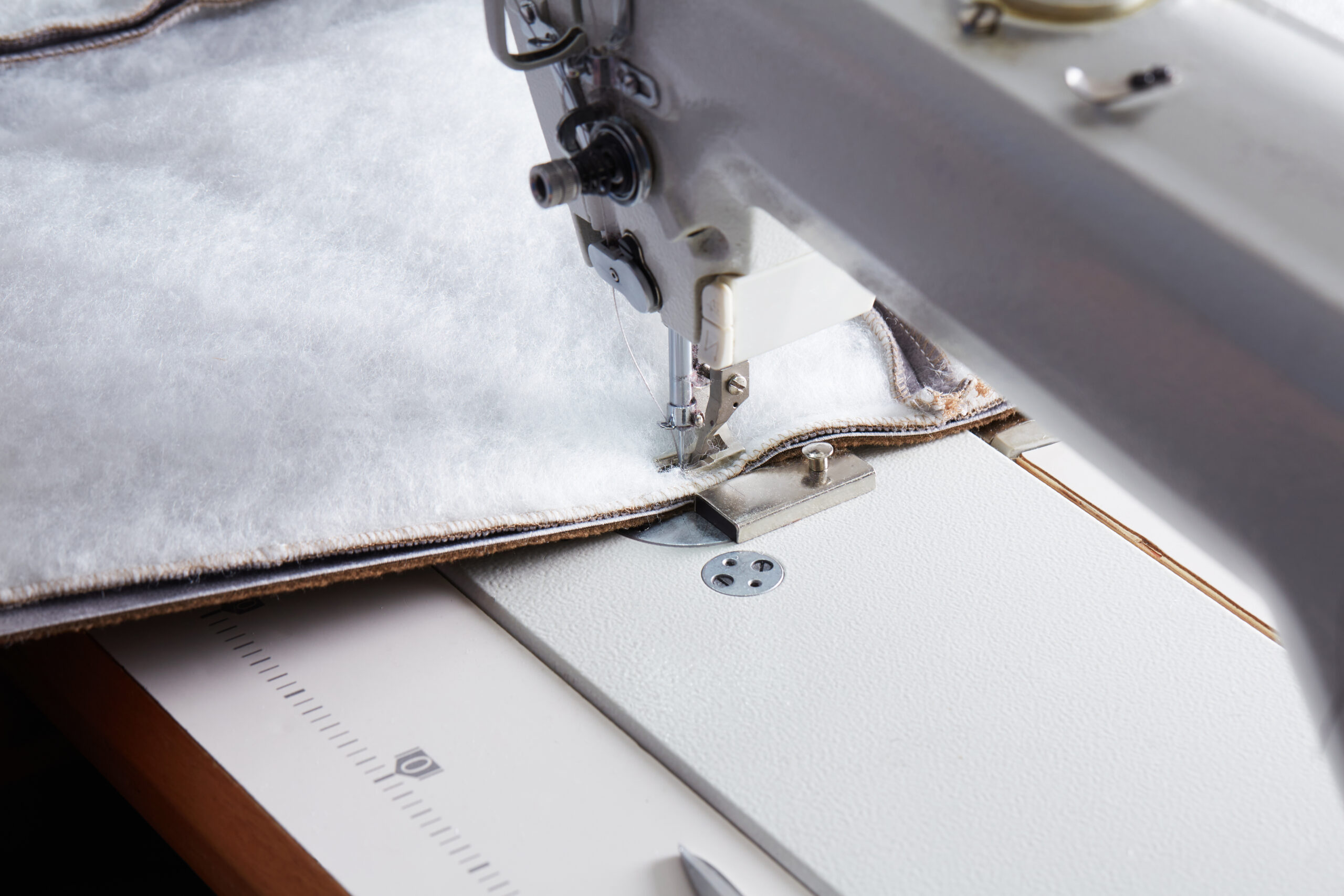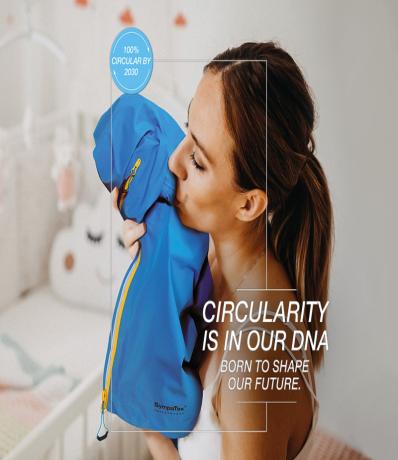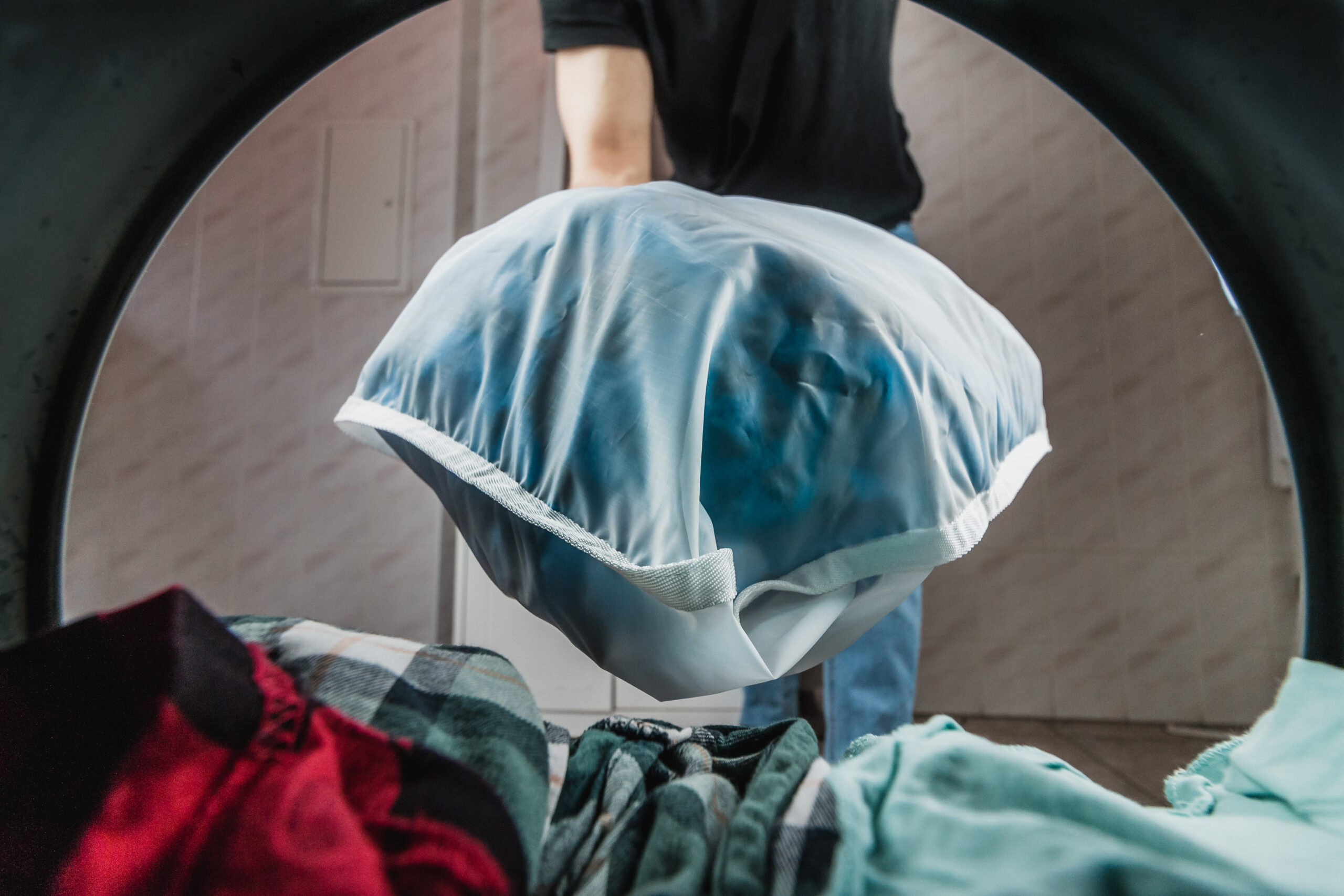This website uses cookies to ensure you get the best experience on our website. To read our full cookie policy please click here.
How to make your ski kit last
Make it last
Ski kit is not cheap, and until very recently has essentially been made of some form of fossil fuel derived plastic. This means that the ski pants you wore once but don’t like any more, or the jacket that your child has outgrown will take somewhere in the region of 500 years to decompose when it ends up in landfill.
Research has shown that extending the active life of one item of ski kit leads to a reduction in the carbon, water and waste footprint by up to 10 per cent — so taking care of your ski kit to make it last as long as possible is the best policy for both your pocket and the planet.
But how to go about it?
Buy well and wear well
Begin with buying quality, not quantity. If you need a new outfit, buy something that will last. While not everyone can afford top-of-the-range kit, the more expensive a garment, the better it will be put together and the longer its life. As with fast fashion, if you avoid anything that you think you might not like the following season or in two years’ time — a bold print or colour, or a fur trim, for example — and you’re more likely to wear it time and again.
Look after your kit
Washing outdoor clothing degrades the fabric and its water-resistant properties, and releases microfibre and microplastics into the ocean. So sponge off any marks as soon as they appear. While black isn’t everyone’s cup of tea, dark colours will wear better than brights — you’d be surprised how grubby ski lifts can get over the season (not to mention those beer, coffee, spaghetti bolognaise and pizza stains!).
If you go ski for a short break or weekend, do you really need to wash your kit? Hanging it out the fresh air for a day might do the job, then store it in a cool, dark place. Remember that sunlight will degrade the properties of technical clothing, too.
Re-proof to revive
Whenever you feel your kit is losing its water repellency (this might be after a few weeks’ wear), use a wash-in re-proofing product rather than binning it straight away. Grangers has recently launched a two-in-one wash and reproofing PFC-free product, so unlike other products you can wash and re-proof in one machine cycle — saving on water, energy and time. If you have smelly baselayers, don’t chuck them away! Nikwax do a baselayer wash formulated specifically to remove odours from baselayers and other items of clothing (typically constructed of manmade fibres) worn next to the skin. Find a selection of re-proofing products here.
A stitch in time
Extend the life of your kit by mending any tears. Gore-Tex patches are easily bought online or try the original manufacturer to get a colour and fabric match. A good top tip for mending tears in down jackets is using sailing spinnaker tape — you literally cut a circle of the fabric, peel off the backing, place it over the hole and rub vigorously to bond the glue to the jacket. If you’re not skilled enough to replace a zipper yourself, most manufacturers have a repair service, try the local high street or EcoSki offers a repair service, too.
Don’t bin it!
At the end of the day, don’t bin it! Skiwear is designed to be durable and hardwearing so if your children have outgrown their kit or you decide it’s time for a change, why not sell your ski gear on to someone else? “Preloved” ski kit sells well; just make sure it’s clean and you’re honest about any wear and tear. EcoSki sells mens’, womens’ and childrens’ pre-owned skiwear. If your kit really isn’t worth re-selling it can it be shredded and used as insulation in building materials or recycled via EcoSki’s recycling partners. Anything to keep it in circulation and living a full life.

Favourite stories





